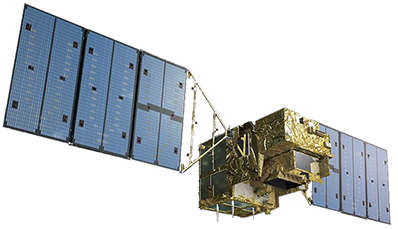The Greenhouse gases Observing SATellite (GOSAT) “IBUKI”, developed jointly by the
Ministry of the Environment (MOE), the National Institute for Environmental Studies (NIES), and
the Japan Aerospace Exploration Agency (JAXA) is the world’s first satellite designed specifically
to monitor greenhouse gases from space. The satellite has continued to fulfill its main mission to
monitor atmospheric carbon dioxide (CO2) and methane (CH4) concentrations from space since its
launch in January 2009.
Anthropogenic CO2 concentrations in mega-cities including the metropolitan area in
Tokyo were analyzed for the five and half years from June 2009 to December 2014, based on the
observational data acquired by “IBUKI”.
It was found that the anthropogenic CO2 concentrations estimated from "IBUKI" data
generally agree with those estimated using data on fossil fuel emissions (inventory) in Japan. These
results indicate that satellite observations from space can become useful to monitor and verify CO2
emission rates that were aggregated and published by all nations of the world based on the
framework of “The Paris Agreement”.
With the progress in satellite data collection and further improvement in data analysis
methods, these observational data by “IBUKI” and its successor (GOSAT-2) accumulated over
multiple years will be compared with emission inventories.
Full text here (PDF)
2016.12.20
press releasenews for researchers and professionals
